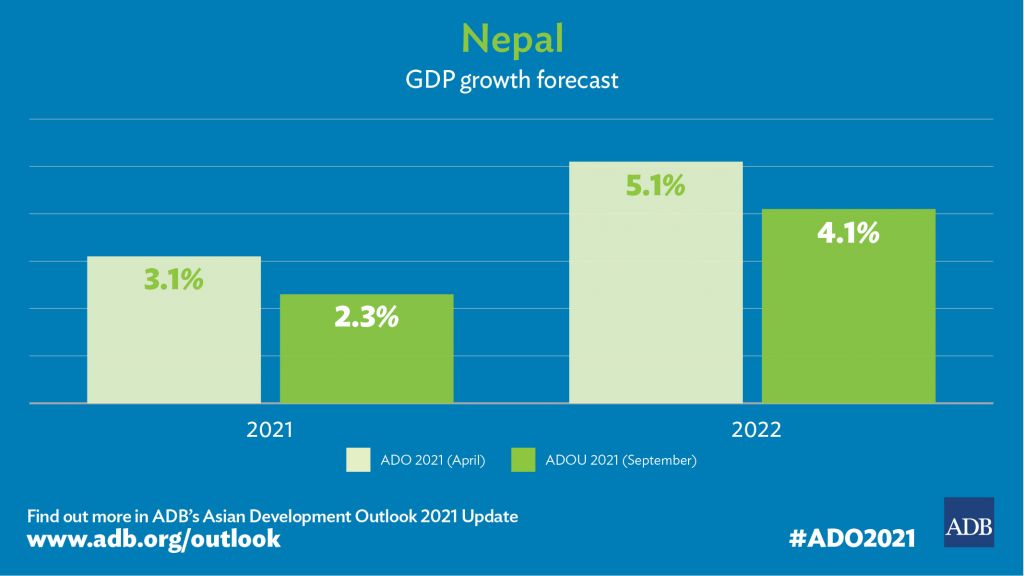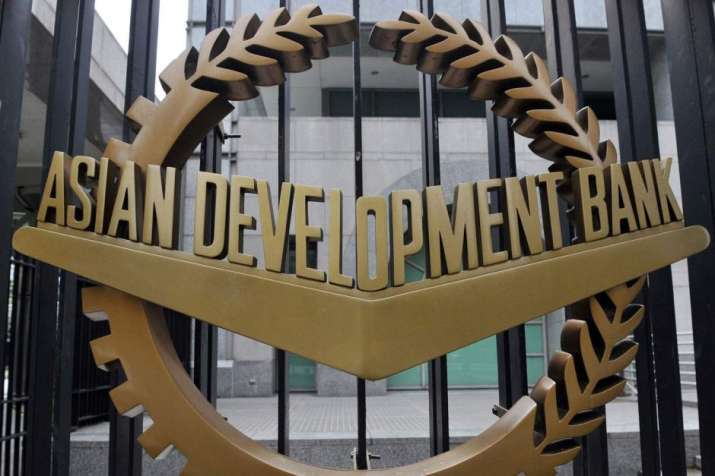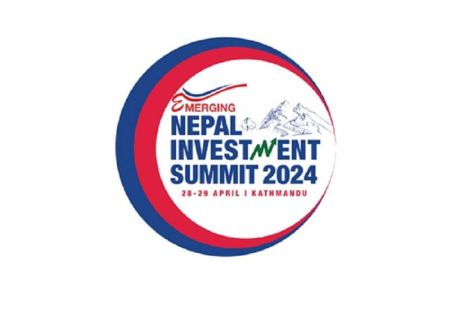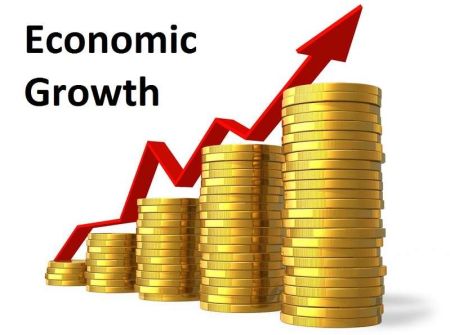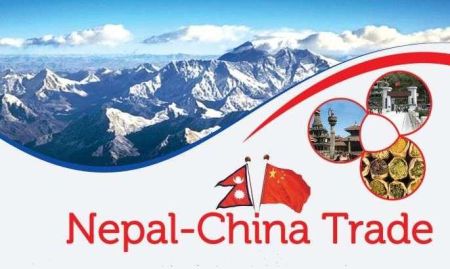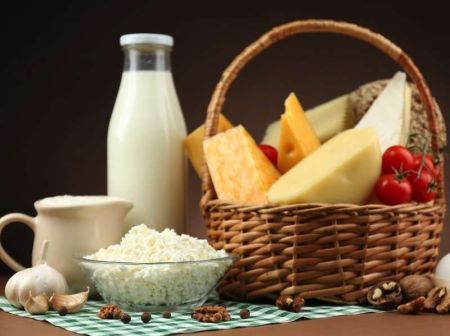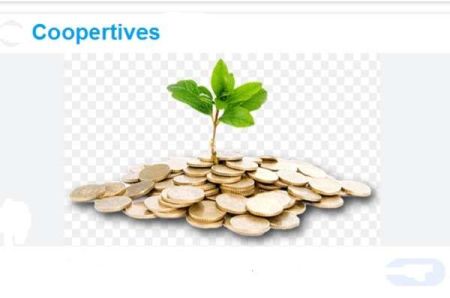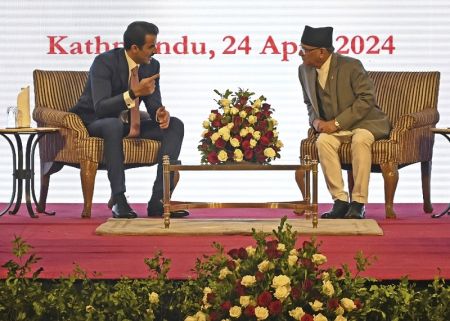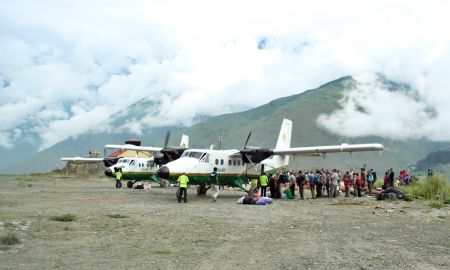September 23: The Asian Development Bank (ADB) has project a modest growth in Nepal’s economy for the upcoming fiscal year owing to the vaccination drive initiated by the government.
According to the Asian Development Outlook (ADO) 2021 Update, a flagship publication of the ADB, Nepal’s economy is anticipated to grow by 4.1 percent (at market prices) in fiscal year (FY) 2022, up from an estimated growth of 2.3 percent in FY2021.
ADB’s Country Director for Nepal Arnaud Cauchois said in a statement that the growth will largely be supported by the ongoing vaccination campaign against COVID-19 as the national immunization plan remains key to Nepal’s economic recovery.
“Downside risks include the uncertain trajectory of COVID-19, a possible surge in COVID-19 cases, and subsequent strict containment measures, which could reverse the gradual economic recovery in FY2021,” he added.
According to the report, growth in Nepal’s agriculture will likely be boosted by increased paddy plantation amid abundant rainfall this monsoon season. Industry output is expected to grow, thanks to a large increase in export volume and stronger domestic demand, as rollout of the national vaccination plan will reduce infection rates over time.
The government’s fiscal policy for 2022 largely focuses on strengthening the nation’s health care system. Monetary policy will remain accommodative through a dedicated refinancing facility, concessional lending for priority projects and for affected businesses, the statement further said.
According to the report, growth in services will accelerate because of increased economic activities in the wholesale and retail trade, transport, and financial services along with the vaccine rollout nationwide.
“International tourism arrivals, which declined by 80.8 percent in 2020, may gradually recover, as trekking routes and expeditions resume. Hotels and restaurants, travel, and tourism will likely take more time to recover to pre-pandemic level until the sustained containment of COVID-19.”
The report says the country’s inflation will rise modestly to 5.2 percent in FY2022, up from the projected 3.6 percent in FY2021, due to higher global oil prices and a gradual recovery in domestic demand.
Growth in non-oil imports will likely remain high in FY2022, as investments rise on the gradual revival of the economy. On the other hand, growth in oil imports may be slow, because an increase in hydroelectricity generation may partially offset a rise in fossil fuel consumption. Even with continued strong growth in exports and remittances, the current account deficit will remain high, at an estimated 5.0 percent of GDP, though down from 8.0 percent a year earlier, says the report.
Other downside risks include natural hazards such as erratic monsoons and floods, which could reduce farm output and damage infrastructure. Heavy rainfall since mid-June 2021 has triggered landslides and floods and led to the loss of lives and livelihoods in some mountainous districts of Nepal.
The report says fiscal spending by provincial and local governments can be improved if they address the persistent capacity deficiencies in investment planning, financial management, project readiness, procurement, and contract management.
